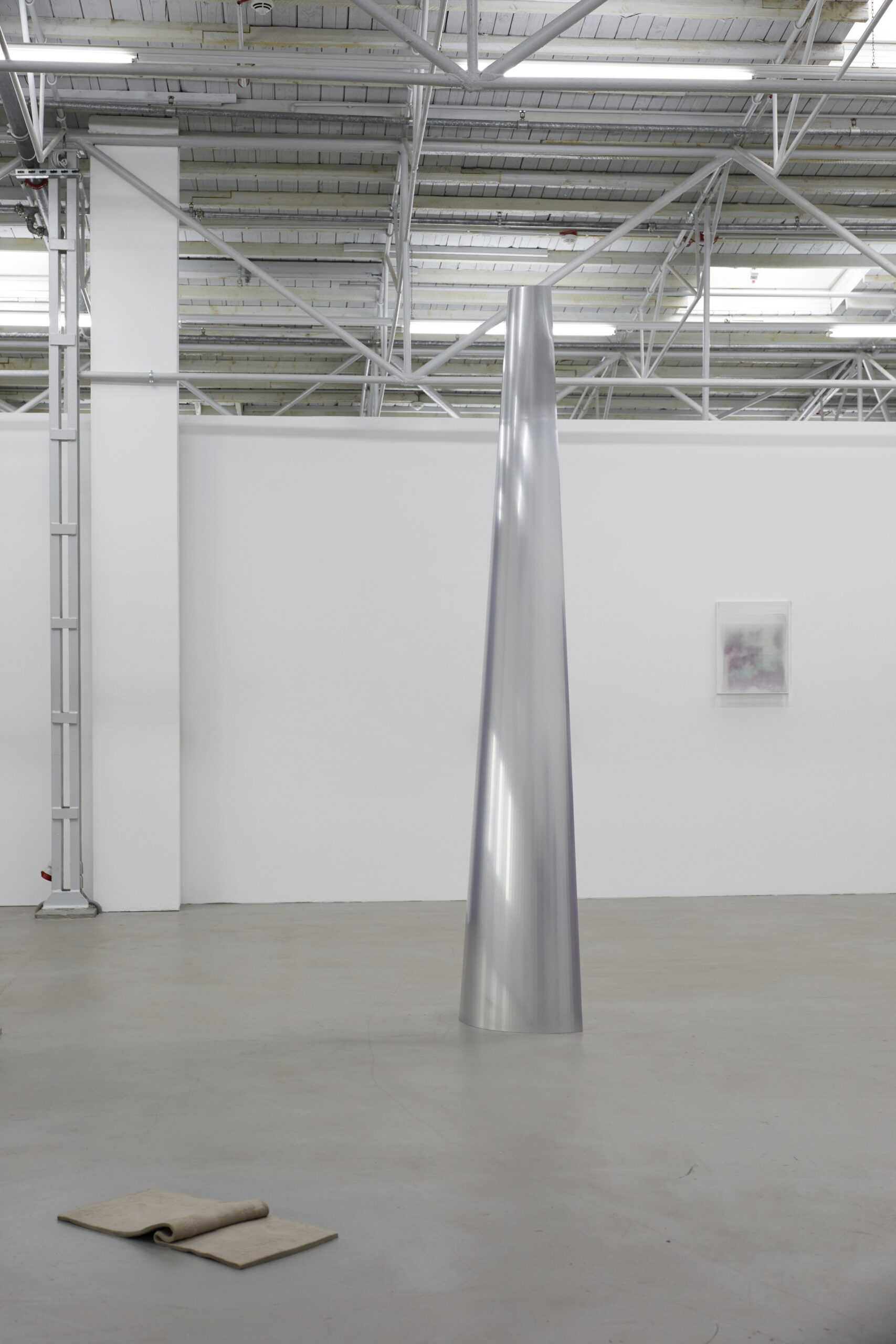hide and seek

 unburnt wet clay, Matyó embroidery (imprint), 20x20x8cm
unburnt wet clay, Matyó embroidery (imprint), 20x20x8cm

 untitled (48°32'27.0 "N 22°59'40.7"E) glycerine soap, transfer print (photography), plexiglas, 43x54x6cm
untitled (48°32'27.0 "N 22°59'40.7"E) glycerine soap, transfer print (photography), plexiglas, 43x54x6cm





 Aluminium sculpture, each 300x70x35cm
Aluminium sculpture, each 300x70x35cm

 unburnt wet clay, Matyó embroidery (imprint), 110x47x7cm
unburnt wet clay, Matyó embroidery (imprint), 110x47x7cm

 unburnt dries clay, Matyó embroidery (imprint), 110x47x7cm
unburnt dries clay, Matyó embroidery (imprint), 110x47x7cm





 cyanotype wall, aluminium rods, 500x800x100cm
cyanotype wall, aluminium rods, 500x800x100cm

 unburnt dried clay, Matyó embroidery (imprint), 20x20x8cm
unburnt dried clay, Matyó embroidery (imprint), 20x20x8cm
 unburnt dried clay, Matyó embroidery (imprint), 70x33x5cm
unburnt dried clay, Matyó embroidery (imprint), 70x33x5cm
EN
hide and seek is a site-specific installation by Olga Holzschuh. One wall of the Kunsthalle is coated with a UV-sensitive emulsion that reacts to daylight, capturing it and, in an evolving process of many hours, bathes the affected surface in a nuanced blue. Cyanotype – one of the oldest photographic processes for creating and fixing images – allows traces and layers of earlier wall treatments to shine through and form an immediate connection with another element of the installation: the fragile aluminum scaffolding penetrating the wall horizontally, like a cannula, and reaching up vertically into the Kunsthalle ceiling. The façade of the house in which the artist spent a good part of her childhood served as a model for the sketchy construction. The memory of places left behind is a unifying element that appears in several of her works. This is also the case in the photograph untitled (48°32’27.0 „N 22°59’40.7 „E), made of soap using the transfer print process developed by the artist. As if under a transparent layer of skin, the material conceals the image of the house of her childhood, like the fading memory image conceived in the attempt to capture. The desire to preserve or conserve through photography or cyanotype and at the same time the realization of loss and emptiness mark a dialectic that is reflected in the stability and instability of the provisional architecture as well as in the evaluation of security and danger, which takes place through an audible signal in Olga Holzschuh’s sound work. Since the 14th century, a horn signal has sounded from the tower of the St. Lamberti Church in Münster as a sign of safety and peace – blown by a:n Türmer:in (currently by the Türmerin Martje Thalmann). However, the signal sounds only in the directions of the south, west and north. The east has always been left out. The fragile house construct of Olga Holzschuh’s installation is located in the east of the Kunsthalle. Opposite it are three large sculptures, bent in the form of hollow cones made of aluminum. Distributed in the room, they mark the three cardinal directions mentioned above: South, West and North. More than three meters high, they are reminiscent of monumental mouthpieces, archaic-sounding in-struments, or even large shields predestined for hiding. Every half an hour, the horn signal of the Türmerin resounds in the midst of the installation, alternating between warning and security.
DE
hide and seek ist eine ortsspezifische Installation von Olga Holzschuh. Für diese wurde eine der Wände mit einer UV-sensitiven Emulsion bestrichen, die auf das Tageslicht in der Kunsthalle reagiert, dieses einfängt und in einem stundenlangen Entwicklungsprozess die betroffene Fläche in ein nuanciertes Blau taucht. Die Cyanotypie – eines der ältesten fotografischen Verfahren zur Herstellung und Fixierung von Bildern – lässt Spuren und Schichten früherer Wandbearbeitungen durchscheinen. Das fragile Aluminiumgerüst der Installation dringt in der Waagerechten, einer Kanüle gleich, in die Wand ein; in der Vertikalen strebt es hinauf zur Decke der Kunsthalle. Als Vorlage der skizzenhaften Konstruktion diente die Fassade jenes Hauses, in dem die Künstlerin große Teile ihrer Kindheit verbracht hat. Die Erinnerung an zurückgelassene Orte ist ein verbindendes Element ihrer Arbeiten. So auch in der Fotografie untitled (48°32’27.0 „N 22°59’40.7 „E), die mit dem von der Künstlerin entwickelten Transferprint-Verfahren auf Seife hergestellt wurde. Einer transparenten Hautschicht gleich birgt das Material die Abbildung des Hauses – ein verblassendes Erinnerungsbild, im Versuch des Festhaltens begriffen. Der Wunsch des Erhaltens oder Konservierens durch Fotografie oder Cyanotypie und gleichzeitig die Einsicht des Verlustes und der Leerstelle markieren eine Dialektik, die sich in der Stabilität und Instabilität der provisorischen Architektur ebenso wiederfindet wie in der Bewertung von Sicherheit und Gefahr, die durch ein hörbares Signal in der Soundarbeit von Olga Holzschuh erfolgt. Seit dem 14. Jahrhundert ertönt vom Turm von St. Lamberti in Münster ein Hornsignal im Zeichen der Sicherheit und des Friedens – geblasen durch eine:n Türmer:in (aktuell durch die Türmerin Martje Thalmann). Jedoch ertönt das Signal nur in die Himmelsrichtungen des Südens, Westens und Nordens, der Osten wird seit jeher ausgelassen. Das fragile Hauskonstrukt von Olga Holzschuh befindet sich im Osten der Installation. Dem gegenüber stehen drei große Skulpturen in Form von Hohlkegeln. Im Raum verteilt markieren sie die drei genannten Himmelsrichtungen: Süd, West und Nord. Über drei Meter hoch erinnern sie an monumentale Sprachrohre, archaisch tönende Instrumente oder auch an große, sich als Versteck anbietende Schilde. Jede halbe Stunde erklingt inmitten der Installation das Hornsignal der Türmerin, das die Bevölkerung ursprünglich über die Sicherheit der Stadt informierte.